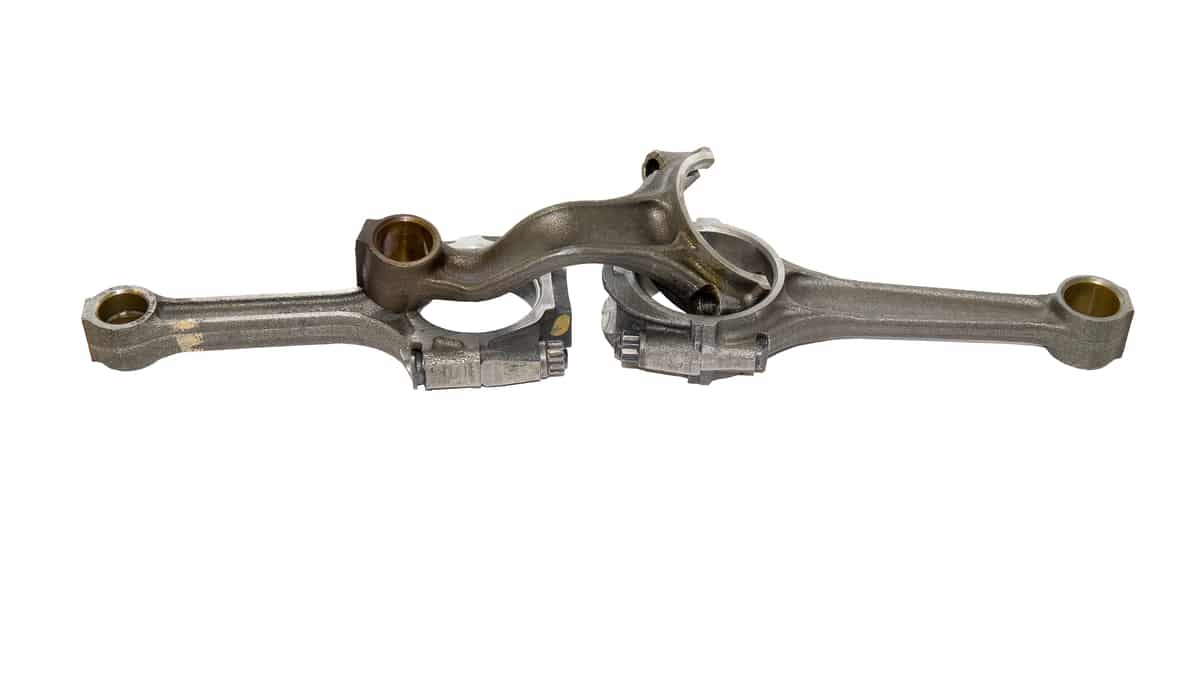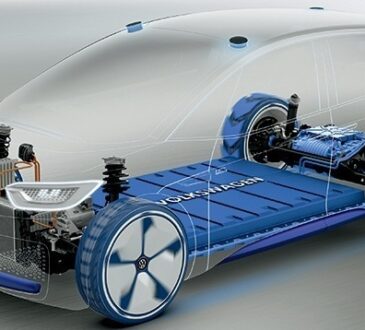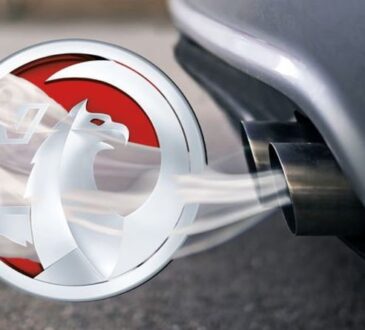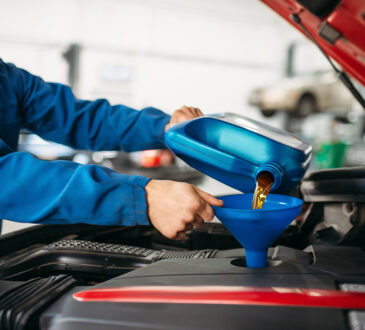Frequently Asked Questions About Connecting Rod
A connecting rod is a metal device that connects the piston to the crankshaft. It is essential for turning pistons and is made of several metals, including aluminium. Connecting rod are welded together to ensure they respond properly to the applied forces.
Here are some of the frequently asked questions about connecting rod
How many types of connecting rods are there?
There are a variety of connecting rods, and each has its specific purpose. Here are the most common types:
- Conventional
Conventional connecting rod is the most common. It’s designed to transfer energy from the piston to the crankshaft.
- Crossplane
Crossplane rod is used in engines with a V-8 or V-12 configuration. It allows the engine to generate more power by allowing more air and fuel to flow through it.
- Modular
Modular connecting rods are made from several pieces that can be easily replaced if they break. They’re typically used in engines that need to be lightweight and durable.
How many functions of Connecting rod?
The Connecting rod connects the piston with the crankshaft and transfers energy from the pistons to the engine. It has several functions, including:
- Transferring energy from the pistons to the crankshaft
- Moving the crankshaft
- Providing balance between the forces on the piston and crankshaft
Can I buy a spare connecting rod?
Yes, you can buy a spare connecting rod. It’s important to note, however, that the quality of the spare connecting rod may not be as good as the original connecting rod. If you plan on replacing your connecting rod, it’s best to do so before the car is in need of warranty service.
Causes of connecting failure?
The connecting rod is a crucial part of the engine. It connects the piston with the crankcase, and it helps to power the engine. The connecting rod can fail due to many reasons, and if it does, it can cause major problems with the engine.
The most common issue is wear and tear. Over time, the metal on the connecting rod becomes worn down, and this can lead to a number of problems. First, it can affect how easily the piston moves up and down, which can lead to poor fuel economy or even engine failure. Second, it can cause the connecting rod to break, which can create massive amounts of force that could potentially damage other parts of the engine.
Finally, it can cause emissions to increase in the engine, which could lead to legal problems. If you’re experiencing any issues with your engine, be sure to bring it in for a checkup so that you can get it fixed as soon as possible.





